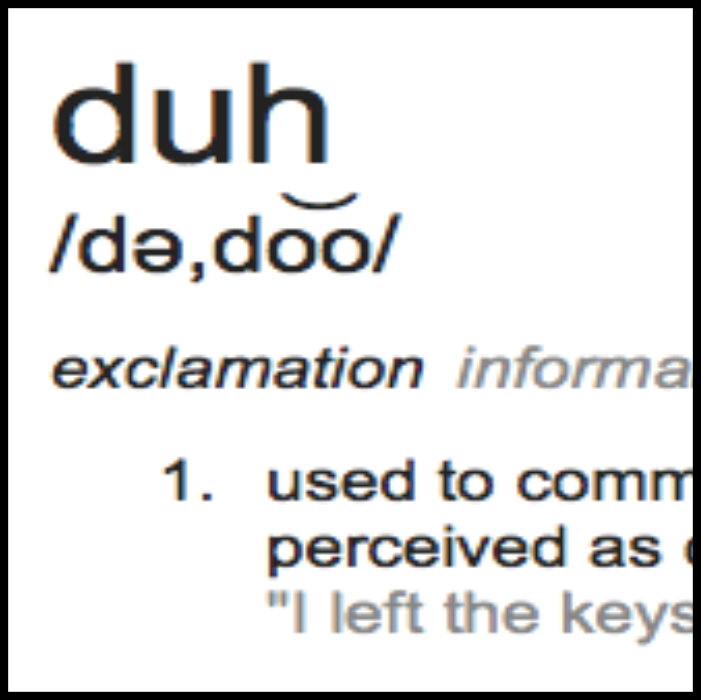 Provide A Great Customer Experience
Provide A Great Customer Experience
We all have customers. And, we want our customers to have a great experience, to be loyal and to return. However, many of us do not look at things through the eyes of our customers.
Consider that one of the most important things your customer wants to know as you deliver service is the status of whatever you are doing for them.
Review Current Situation
Take a thirty day period of time and make some notes. Ask your team to do the same. Make notes about what your customers ask you. At the end of thirty days review your notes and notes of your team.
There are bound to be many different topics on this list, however, one of those is most likely to be customer questions and requests about the status of what you are doing for them.
Frequently, it seems that a status message is shared early in the customer contact, and maybe again late or near the completion of the service engagement. However, during the course of service delivery, the customer is regular left unattended, not knowing the status of what is going on.
Customer Service Example
A few months back I took my car in for a repair. The repair shop representative at the service counter let me know the status when I checked in. What I was told was that they would need to look at the car and do a diagnostic test. I was told this would take about twenty minutes. So far so good.
At the start of the service encounter I knew what my status was as a customer. As time progressed, I received no updates. Twenty minutes came and went. Another twenty minutes came and went. I purposefully waited to see what action the repair shop would take. After yet another twenty minute period or so, I was given an update, and was told my car would be done in five minutes or so. Fifteen minutes my car was driven out. And, I did get a status message which included being told how much the repair cost.
I waited more than an hour not knowing what was going on with my vehicle. This causes apprehension and feeds fears the customer may have.
Take Control of the Customer Experience
Why do this? Are we are too busy to provide updates? Is it the job of someone else? Do we see our job as “performing the service” and someone else should manage the customer? How much do we care about the customer?
Let’s take control of the customer experience. The customer experience belongs to each of us. Let’s not let the experience, good or bad, be the result of pure chance. Let’s use the status sharing opportunity to set expectations, to update and manage those expectations, and deliver excellent customer service.
6 Opportunities To Share Status of Customer Service
Here are 6 awesome opportunities for delivering excellent customer service:
1. Tell your customer about the status of service when your service encounter begins. Also, preview for them that you will be giving the status updates on a regular basis. Then do so.
2. When there are any changes in the status of service, share this with your customer. Do this even if you just gave an update.
3. When time has passed, give your customer a status update, even if the status has not changed. Do this as often as is necessary. Do not assume your customer knows what you know. They don’t.
4. As you near the end of the service encounter, give a status update previewing that the service encounter is coming to an end.
5. Close the service encounter with an update. Let the customer know where the service encounter started and where and how it ended. Provide a service encounter summary.
6. Provide a status update at some point after the service encounter is over. Use this to remind the customer of their service encounter with you and how you satisfactorily met or exceeded their expectations.
——————————
When you are a customer, is knowing the status of something important to you?
Do you think knowing the status is important to your customers?
Can you find time to let your customers know the status that is important to them?
Read More
 Be optimistic for your customers.
Be optimistic for your customers.


